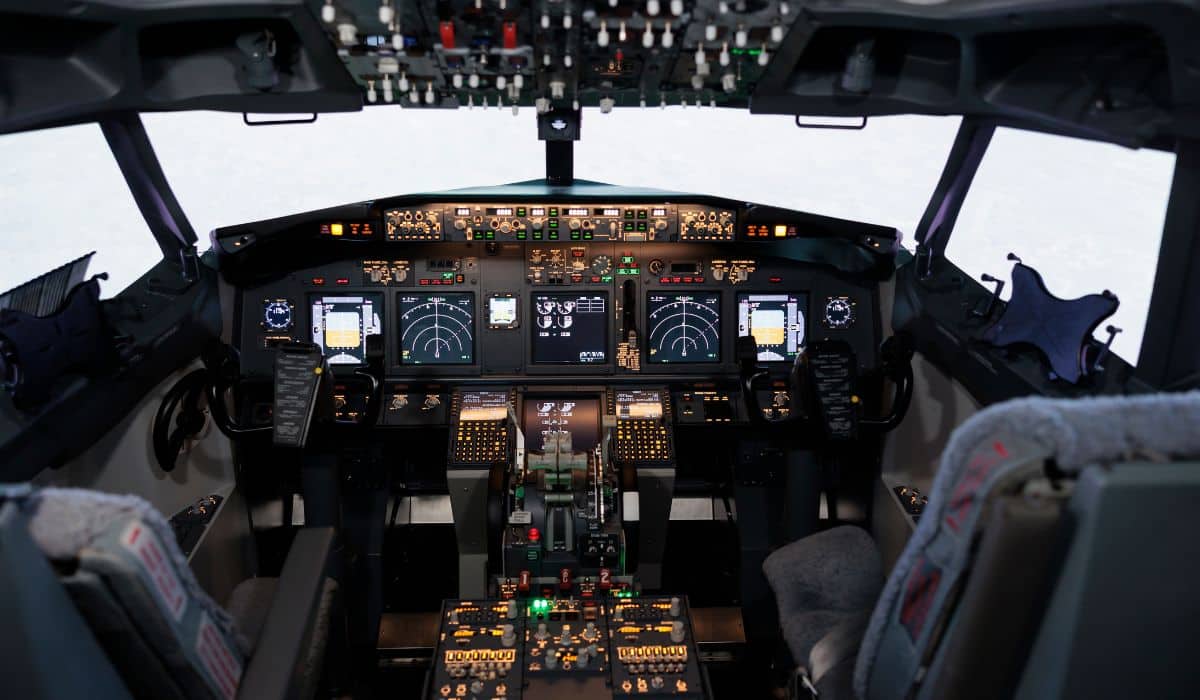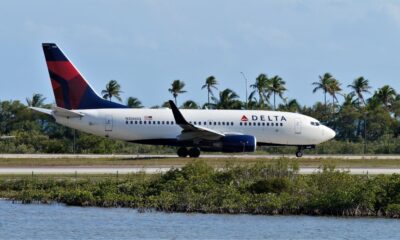Travel
Fully autonomous commercial flights: a future reality?

Aircraft manufacturer at the end of 2025 Embraer will introduce a revolutionary system to automate the take-off of commercial aircraft. These advances promise to bring humanity one step closer to autonomous flight.
The development of commercial and military aviation has advanced exponentially since its inception. Today, modern aircraft can perform a number of important tasks automatically. But no one is able to perform an autonomous take-off; until now.
The company has developed a word-1st software called “Improved Starting System (E2TS),” allowing E2 aircraft to implement automatic takeoffs. Pilots will of course supervise this process and intervene if necessary.
According to Luis Carlos Affonso, Embraer’s Vice President of Engineering and Technology Development, his company has been working hard for three years to upgrade the existing flight control system.
Affonso says the implementation of the E2TS program could reduce the cost per seat for the E195-E2 by up to 4 percent compared to its direct competitor, the Airbus A220-300.
How does it work?
The E2TS will have the ability to skillfully “rotate the aircraft” to its maximum capacity while avoiding a tail strike.
But what does ‘turning a plane’ mean? We’ve all seen it in the movies and felt it when we fly. This maneuver occurs during takeoff when the pilot raises the nose of the aircraft upon reaching take-off speed (VR).
This process can result in the tail hitting the ground, a ‘tail strike’. This new software would eliminate this problem. Another advantage is that it continues to work even if the engine fails.
Pilots only need to correct the direction of the pedals, but not in all cases. But other than that, all they have to do is engage the autothrottle and autopilot to complete the process.
“The only thing that changes is that pilots do not rotate the aircraft themselves,” Affonso clarified.
How will this change the aviation industry?
This new development is expected to increase the safety and efficiency of takeoff. especially on short runways.
Automating this process means an increase in flight range to 500 nm. This is particularly positive for hubs such as London City Airport (LCY), which has a shorter runway than its competitors. Small airports often face the same challenge.
Advantages:
- Increased safety during ‘climb’ and ‘rotation’, which together with landing are considered the most dangerous moments during a flight.
- Environmentally friendly – This program guarantees a minimum 2.5 percent reduction in fuel consumption.
- Reduction of maintenance costs because climbing power is optimized by up to 10 percent, allowing for a longer engine life.
It is worth noting that E2 Jets are only available in the Netherlands, Brazil and Canada for the time being.













